Here's why the Galaxy Fold display was inviting you to peel it off
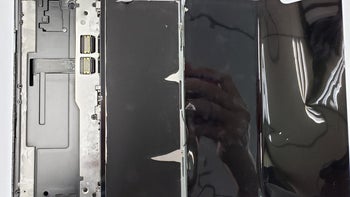
The most pressing question about the foldable phones from Samsung and Huawei is not their price - we already know it's high - and not the specs, as they are indeed top-shelf at that tag. The most interesting thing is how do they manage to fold the display cover without breaking it. Well, thanks to the #bendgate with the Galaxy Fold preview units sent to YouTubers and assorted "influencers," we already know how Samsung solved this conundrum.
It has allegedly been postponing the launch in order to better train the reps on presenting the device and teaching potential buyers how to use the phone. Like, for instance, not to scrape off the cover film which turned out to be an integral part of the flexible display underneath, slapped on it against scratches, even though it does not completely wrap around and fuse with the panel at the edges, making it look like a screen protector of sorts.
How did Samsung go with a tough film that doesn't completely cover the corners, so it looks like a removable protector? Before the Fold's preview units were distributed, supply chain tips from Korean media hinted that Samsung has collaborated with the Japаnese from Sumitomo Chemical for producing a "luxurious" to the touch transparent polyimide (PI) that can be bent numerous times without any visible differences.
Today, however, Korean media is reporting that it is not only the transparent PI that Samsung used for the first Fold batch, but actually something new and extra that has the competition wanting in on the action. Apparently, Segye, SKC and Samsung SDI, co-developed an extra layer of protection that was then applied to the Galaxy Fold.
In it, a previously unknown Hard Coat Anti-Fingerprint (HCAF) film by Sekyung sits at the very top of an SKC-made PET layer, to which a Samsung SDI Optically Clear Adhesive (OCA) is applied that then gets fused to said transparent PI film by a company called Biel Crystal.
Sounds like a pretty complicated structure, and the reason that the top HCAF film that Samsung Display developed from scratch has been mistakenly considered for a "user-removable part" is that for added flexibility it is not tucked under the bezel. Needless to say, the publication says that "it is so tightly bonded that removing the film will require significant physical strength," and that the whole stack is actually the foldable screen package itself, so "removing the film means that the display is damaged to the point where it can not function."
That much we learned already, as T-Mobile's chief of marketing said they tried the same trick on one of their units and the resistance of the film was strong to the "I shouldn't be doing this" point, so all comparisons with a screen protector are somewhat misleading.
That top HCAF layer is actually what provides the final protection of the Galaxy Fold screen, as it best mimics the oleophobic glass cover we are used to on our phones, rather than if we only had the transparent and flexible but soft PI film. Regardless of the design mishaps that may have led to people damaging their preview Fold units, an industry insider says that many phone makers have expressed interest in the new flexible display package developed by Samsung:
This is the structure that has not been known to the display industry for years, and Samsung is the first to introduce it, so it is inevitable for late buyers to get interested.
Previously, we thought that the PI film is simply attached to the OLED screen underneath with an extremely durable and flexible adhesive which should allow the package to bend at the middle by stretching a bit but not coming unglued and doing this many times while retaining its original size and form.
Add to these the new top Hard Coat Anti-Fingerprint layer now, and the foldable display phones' top suddenly becomes a viable alternative to glass covers. If and when Samsung masters the naked screen corners and tiny particles getting underneath the screen through the hinge cracks, that is.







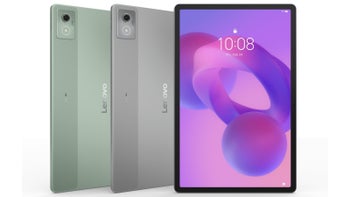
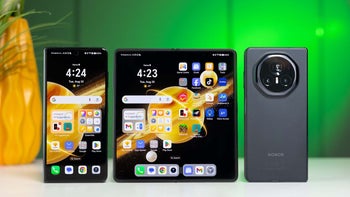

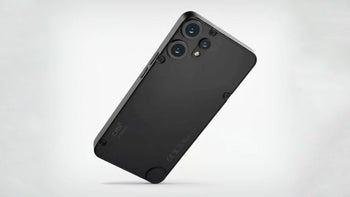
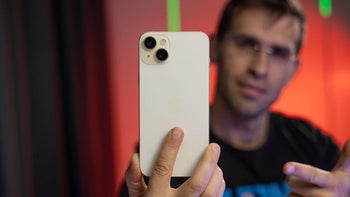
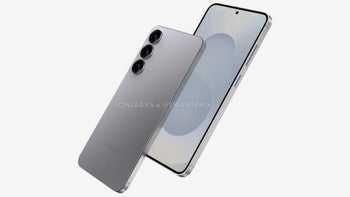
Things that are NOT allowed: